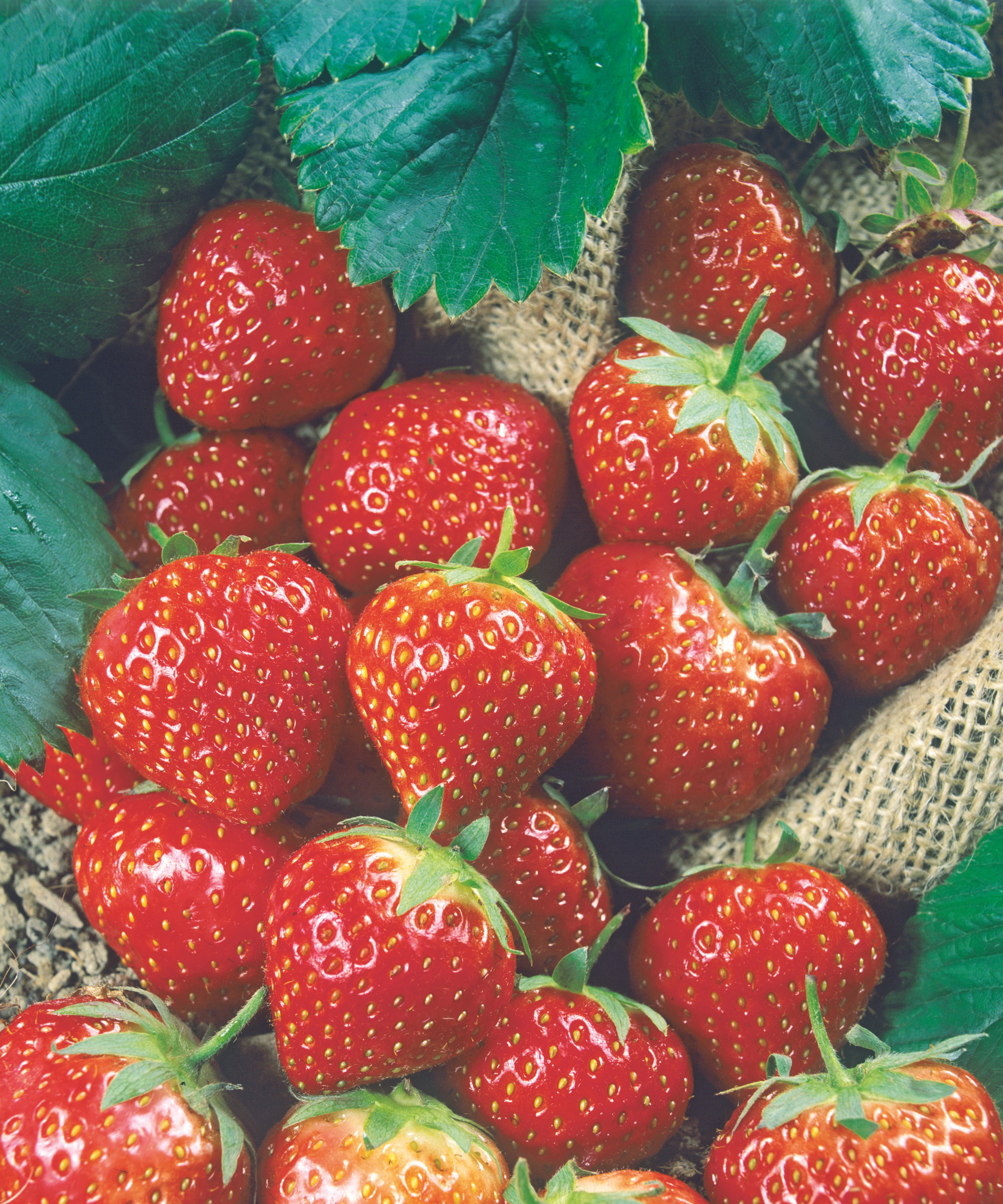
What sounds more summery and dreamy than picking homegrown strawberries in the glorious sunshine, even enjoying them fresh off the plant? It is an idyllic vision and easily achievable as strawberries are easy to grow and suitable for all types of gardens.
Millions of gardeners grow strawberries worldwide, and people plant them in the ground, raised beds, or containers every year in droves. If you are an impatient gardener, you may count the days till you can snack on them. But, in reality, should you harvest strawberries the first year?
I have grown strawberries for many years, and planted lots of strawberry plants in kitchen gardens and my plots at home. I have also been known to pick strawberries the first year I planted them. So, is it advisable to harvest strawberries in the first year, or is it more beneficial for the plants to be patient? Let's take a look.

Should you pick strawberries the first year?
A very popular method of growing strawberries is to plant the fruit in spring after the risk of frost and when the soil becomes workable. You can also plant strawberries in early fall to overwinter, which can give you an earlier harvest next year.
You can choose from planting bare-root strawberries, which are commonly available during the plant’s dormant season, or container-grown types commonly seen in garden centers or nurseries.
For the best fruiting and larger strawberries, choosing the right planting spot is essential. Strawberries need a sunny location with six to eight hours of sunlight each day and a fertile, well-draining soil type.
Whether that spot is in the ground, on a raised bed, or in a container filled with rich soil for container gardening, poor soil conditions or waterlogging will seriously affect the harvest.
Strawberry plants can start flowering around 6-8 weeks after planting, with the first fruits potentially appearing 3-4 weeks later.
When it comes to these first blooms, Dick Zondag, the former president and current Garden Doctor for Jung Seed, recommends: ‘The first couple of clusters need to be removed to allow the plants to establish.’
Over the following months, whether you harvest strawberries the first year should depend on the types of strawberry plants you are growing.
June-bearing strawberries produce one crop a year, while ever-bearing types produce two crops (one in summer and one in early fall), and day-neutral strawberries can fruit throughout the season.
When growing June-bearing strawberries, it is preferable to remove all the flowers in the first year. This helps the plant establish and produce stronger crops the following year.
However, after removing the early flowers of ever-bearing and day-neutral types, you can harvest fruits later in the season.
It should be noted that you will only get a small harvest of strawberries in the first year. However, that shouldn’t be concerning. The main focus is on establishing the plants so they will give larger yields in the subsequent years.
You should also remove strawberry runners in the first year, to ensure plants get strong ahead of them reaching their peak. Katie Brines from Stark Bro's says: ‘Strawberry plants are usually most productive in their second and third years.
‘After that, it's beneficial to rejuvenate your patch by replacing old plants with new runners to maintain vigor and fruit size.’
Fertilizing strawberries helps plants establish and develop healthily. A dose of balanced fertilizer in spring, once the plants are actively growing after planting, will ensure the plant puts down strong roots and improve your chances of a small harvest in the first year.
When you harvest strawberries the first year, and for every year going forward, picking them properly is vital, as the fruits are very delicate and can bruise easily.
When it comes to how to pick strawberries, carefully cut the stem with garden snips, scissors, or pruning shears, or pinch the stem with your fingers.
Do not just pull on the stem; this is a harvesting mistake that risks pulling the entire plant from the ground. This is especially risky during the first year, when the plant may not have put down fully established roots.
A pack of 25 live 'Seascape' everbearing strawberry plants to grow in US hardiness zones 4-7. This variety is ideal for beds or containers.







